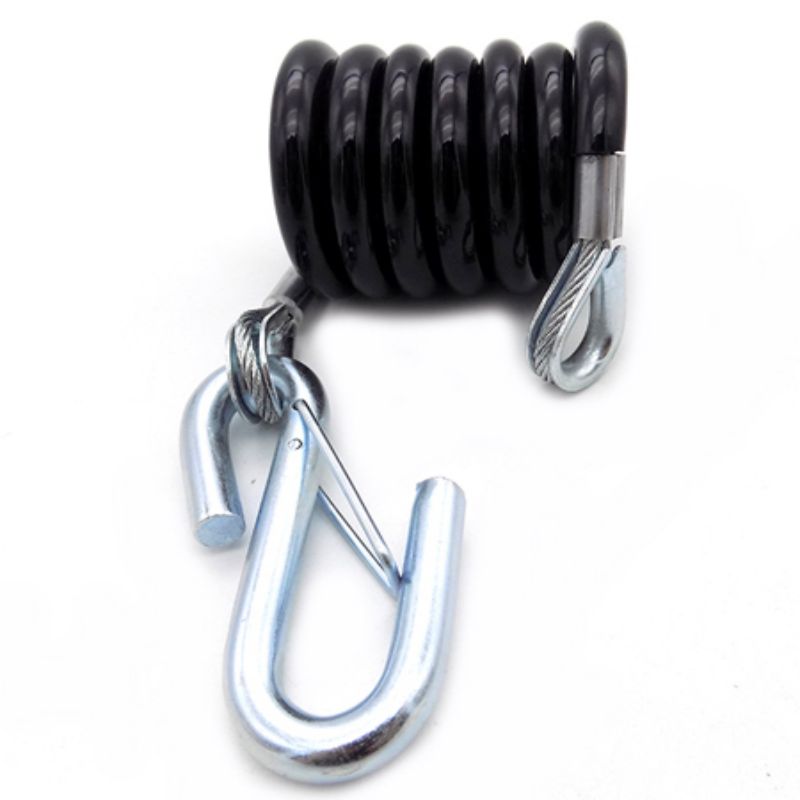
Stainless wire ropes are vital for their strength and corrosion resistance. Blogs offer insights for professionals and DIY enthusiasts on their uses and benefits. Here’s what you can typically expect to find in these blogs:
It’s imperative to contemplate all relevant factors when selecting wire ropes. Many times, individuals focus only on a few aspects, leading to issues down the line. In some situations, a V rope might be the ideal choice. Here are the key factors to consider:
In summary, selecting the right wire rope involves a thorough evaluation of various factors, including resistance to bending, strength, resistance to crushing, environmental considerations, flexibility, and abrasion resistance. By taking these factors into account, you can make informed decisions that ensure the safety, efficiency, and longevity of your wire ropes. Properly selected and maintained wire ropes will enhance operational performance, reduce downtime, and ultimately save your business time and money.
Stainless wire ropes are vital for their strength and corrosion resistance. Blogs offer insights for professionals and DIY enthusiasts on their uses and benefits. Here’s what you can typically expect to find in these blogs: